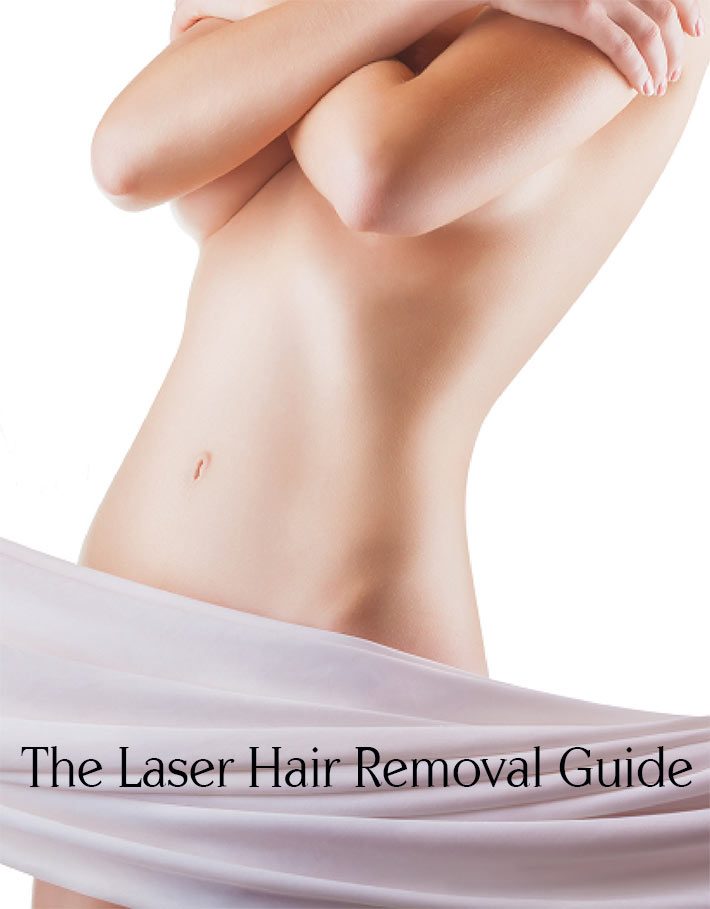
If you’ve been considering the zap, you probably know it’s a winter-time endeavor, and if you’ve been looking at the calendar (or out the window) you know there’s just a few months left to schedule the series of laser treatments required to clean things up for summer beach scenes.
In the spring spirit, we pulled together a quick guide to laser hair removal: the why, where, who and how, plus tips. If you’re curious about something we didn’t cover, leave a comment!
Laser Hair Removal – How Does it Work?
Laser hair removal is a relatively fast and effective treatment for getting rid of unwanted hair on any part of the body. A focused traditional laser or intense pulsating beam of light (IPL) is sent through each hair shaft into the follicle to destroy the root; this weakens the follicle, which causes the hair to eventually fall out and disable future growth. The treatment requires an initial series of sessions followed by periodic maintenance treatments.
Lots of in-office devices are available, including Diode, Alexandrite, LightSheer, and Nd:YAG, Gemini, elos Plus, and more. A laser hair removal specialist can determine what’s best for you, considering hair color, texture, location, size of the treatment area. Often, a combination of devices will be used to achieve the best results. It’s important to go to an expert who knows which is best.
Who is it For?
People with light skin and dark hair have had the most success with laser hair removal, but advances in technology make it possible for darker skin tones to achieve successful results with the right laser (Diode or Nd:YAG).
Generally, people with super-light hair don’t see results. A note of caution: darker skin tones risk hyperpigmentation and scarring, so you should seek treatment from a specialist who knows the safest and most effective technique for your skin color.
Is it Painful?
You know the deal: everything depends on a person’s threshold for pain. Some people say it’s painless, others find it completely intolerable.
“I was able to tolerate under my arms with numbing cream, but honestly my bikini was just too much and I couldn’t do it,” Robin Shobin cautions.

In most cases, a topical anesthetic is applied to the surface area or a cooling device is used for skin protection and additional comfort; however, pain management is subjective, so best to inquire beforehand if you have a low tolerance for pain. Remember, if you’re a tender flower, be aware that a dermatologist can use prescription-strength numbing cream, but an aesthetician cannot.
The laser device is moved across the targeted area, sending laser energy deep into each hair shaft to destroy hair by its root. This causes a snapping or burning sensation that can be compared to the snapping of a rubber band, quick match burn, or even a bee sting. When treatment is finished, ice-packs, anti-inflammatory cream, or a cold compress may be applied to alleviate any discomfort, and sunscreen should be applied to areas of sun exposure—but by no means should you be spending time in the sun post-laser!
Recommended Course of Treatment + Time Commitment
Because hair grows in cycles and the lasers can only destroy follicles in an active growth cycle, multiple sessions are necessary to achieve ideal results. Don’t forget to read our Tips at the end of this article for an important note on sessions.
How many sessions needed depends on a person’s particular hair growth pattern; the course of treatment to target all hair follicles ranges from 3 to 10 sessions spaced 4 to 8 weeks apart. Each session takes ten minutes to an hour, depending on the treatment area. The entire series often takes at least a year to complete and is best maintained by an annual touch-up treatment. This is why it’s important to start the process of laser hair removal long before the summer starts.
Immediate Side Effects
Right after, the treated area often feels warm and may show redness and mild swelling that completely resolves within two days. You may return to your daily routine immediately after following treatment, being sure to avoid activities that cause sweating for 24 hours.
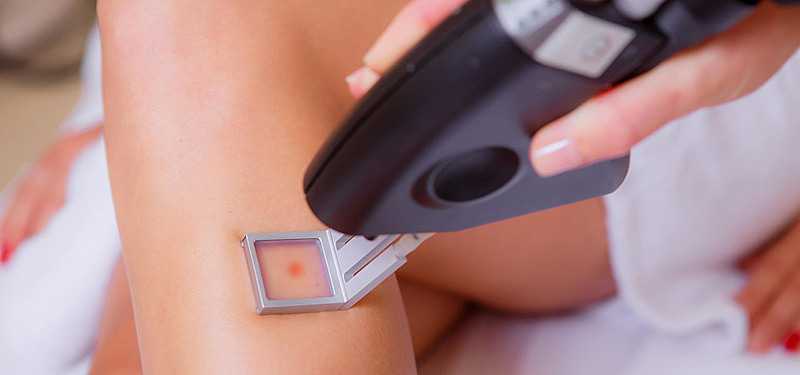
People with darker complexions may experience temporary blisters, and in rare cases, scarring or pigment discoloration may occur. If these symptoms occur, medical attention is necessary.
The Results
Results change based on age, ethnicity, hormone levels, and the color and texture of hair being treated. But while the degree of results varies, hair immediately appears scarcer and continues to shed within 1 to 3 weeks post treatment.
Dermatologist or Aesthetician?
Either can administer the treatment, but of course—the dermatologist should be board-certified (see our recommended listings) and the aesthetician should be fully licensed (list here). Make sure whoever you see specializes in this treatment.
Cost
Expect to spend $200 – $1200 per session, depending on surface area being treated.
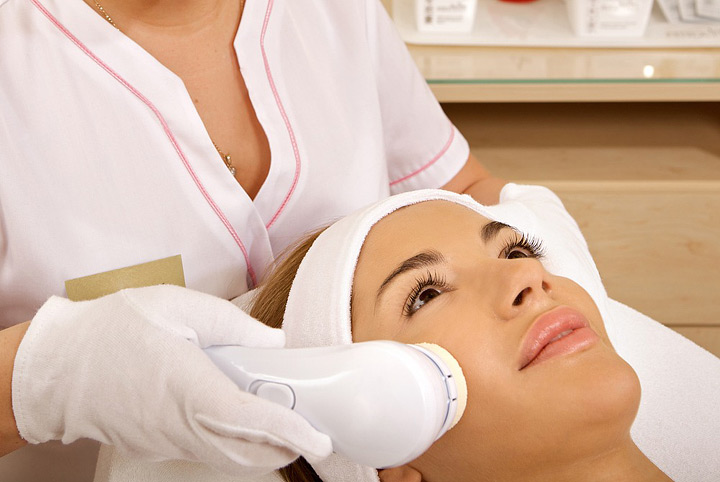
TIPS
If you’re a tender flower, be aware that a dermatologist can use prescription-strength numbing cream, but an aesthetician cannot. Additionally, though per-session costs can be lower at some places, this often correlates with a lower-strength laser: consider how many sessions will be necessary. Some dedication is required if you want faster results—it can be tempting to pull hair out by the roots with waxing or plucking, but you’ll have to wait another growth cycle to target the missing hairs!
In general, six weeks is a normal hair growth cycle. Tanning, by sun or spray, darkens skin and impacts the effectiveness of treatment. Skin is also significantly more sensitive to sun exposure, so as we’ve mentioned, this is a winter project.

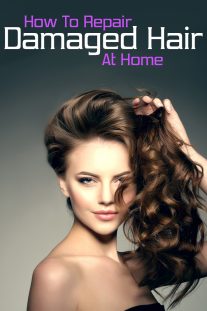
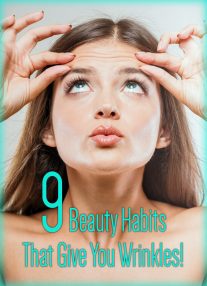
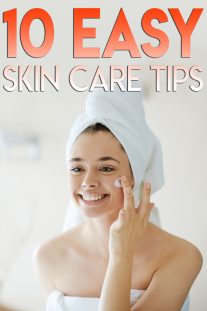
Leave a Reply